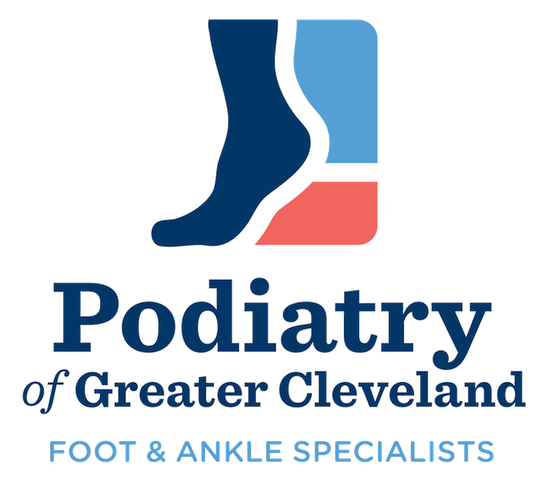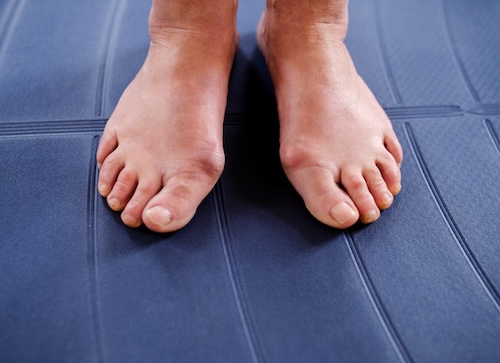Bunions are one of the most common foot deformities, affecting millions of people worldwide. This bony bump that forms at the base of the big toe can be painful, limit mobility, and make it difficult to find comfortable shoes. Many people wonder: Can bunions be fixed without surgery? The answer depends on the severity of the bunion and the symptoms experienced. Let’s explore the causes, non-surgical treatments, and when surgery may be necessary.
What Is a Bunion?
A bunion (hallux valgus) is a misalignment of the big toe joint. Over time, the big toe drifts toward the second toe, causing the joint at the base of the toe to protrude outward. This bony bump can become swollen, red, and painful, especially when wearing tight shoes.
Common Causes of Bunions
🔹 Genetics – If bunions run in your family, you may be more prone to developing them.
🔹 Improper Footwear – High heels and narrow shoes put excessive pressure on the toes.
🔹 Foot Structure Issues – Flat feet or abnormal foot mechanics contribute to bunion formation.
🔹 Arthritis – Inflammatory joint conditions can lead to bunion development.
🔹 Injury or Stress on the Foot – Repetitive pressure or past trauma can accelerate bunion growth.
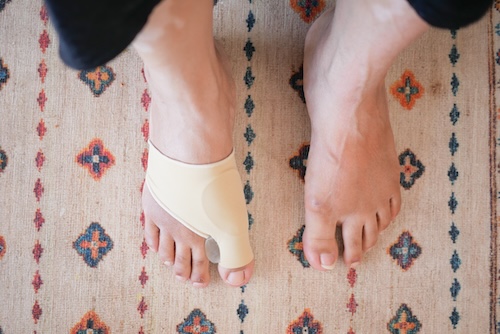
Can Bunions Be Fixed Without Surgery?
While bunions cannot be reversed without surgery, non-surgical treatments can relieve pain, slow progression, and improve comfort. Here are the best non-surgical options for managing bunions:
1. Wear Proper Footwear 👟
✔ Choose shoes with a wide toe box and low heels.
✔ Avoid narrow, pointed, or high-heeled shoes.
✔ Opt for shoes with good arch support to distribute weight evenly.
2. Use Orthotic Inserts 🦶
✔ Custom or over-the-counter orthotic insoles help realign the foot and reduce pressure on the bunion.
✔ Arch supports prevent excessive foot rolling, a factor in bunion progression.
3. Apply Ice & Anti-Inflammatories ❄️
✔ Ice packs help reduce swelling and discomfort.
✔ Over-the-counter anti-inflammatory medications (like ibuprofen) ease pain and inflammation.
4. Try Bunion Pads & Splints 🩹
✔ Gel bunion pads cushion the bump and prevent shoe irritation.
✔ Night splints gently reposition the toe while sleeping, offering slight relief.
5. Strengthening & Stretching Exercises 🏋️♀️
✔ Toe stretches improve flexibility and reduce stiffness.
✔ Towel scrunches strengthen foot muscles, promoting better toe alignment.
✔ Big toe resistance exercises maintain mobility and prevent worsening.
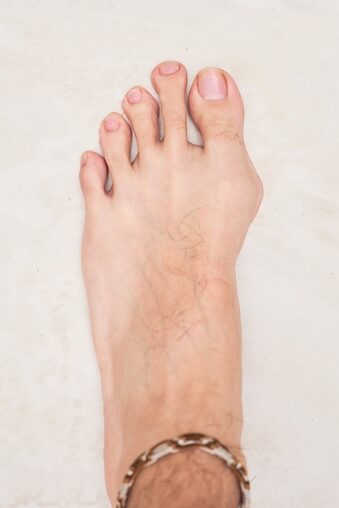
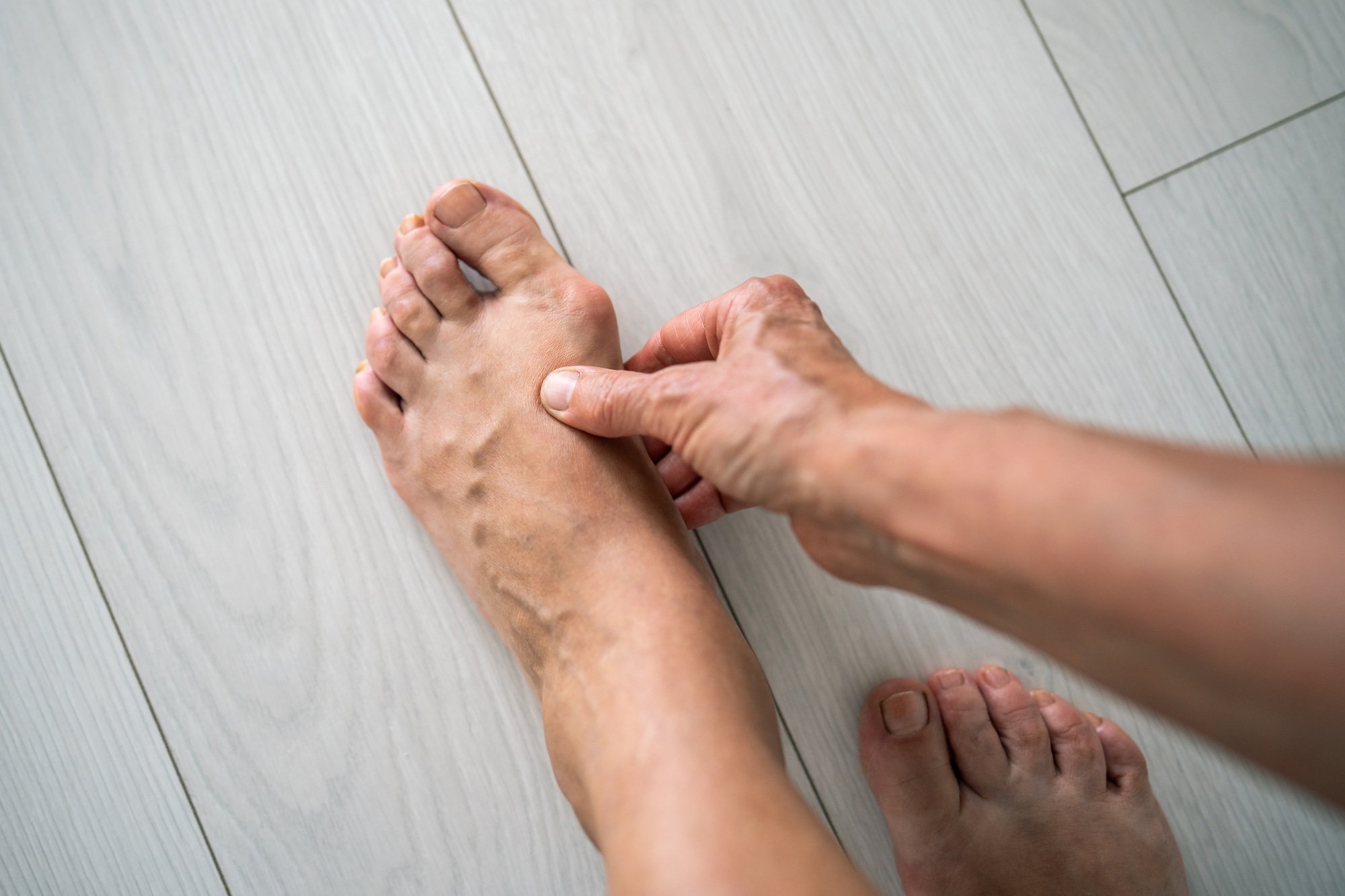
When Is Bunion Surgery Necessary?
If non-surgical treatments don’t provide relief and the bunion is interfering with daily life, surgery may be the best option. Signs that surgery might be necessary include:
🚨 Severe pain even when wearing proper footwear.
🚨 Difficulty walking or standing for long periods.
🚨 Chronic swelling and inflammation that don’t improve.
🚨 Big toe drifting significantly out of alignment.
Bunion surgery, known as a bunionectomy, involves realigning the bones, ligaments, and tendons to restore normal toe positioning. Recovery typically takes 6–8 weeks, and most patients experience long-term relief.
Final Thoughts
While non-surgical treatments can’t “fix” a bunion, they can help manage symptoms, slow progression, and improve quality of life. The earlier you address a bunion, the better your chances of avoiding surgery. However, if the pain becomes unbearable or affects mobility, consulting a podiatrist about surgical options may be the best choice.
📞 Need bunion relief? Contact Podiatry of Greater Cleveland today to explore your treatment options!
